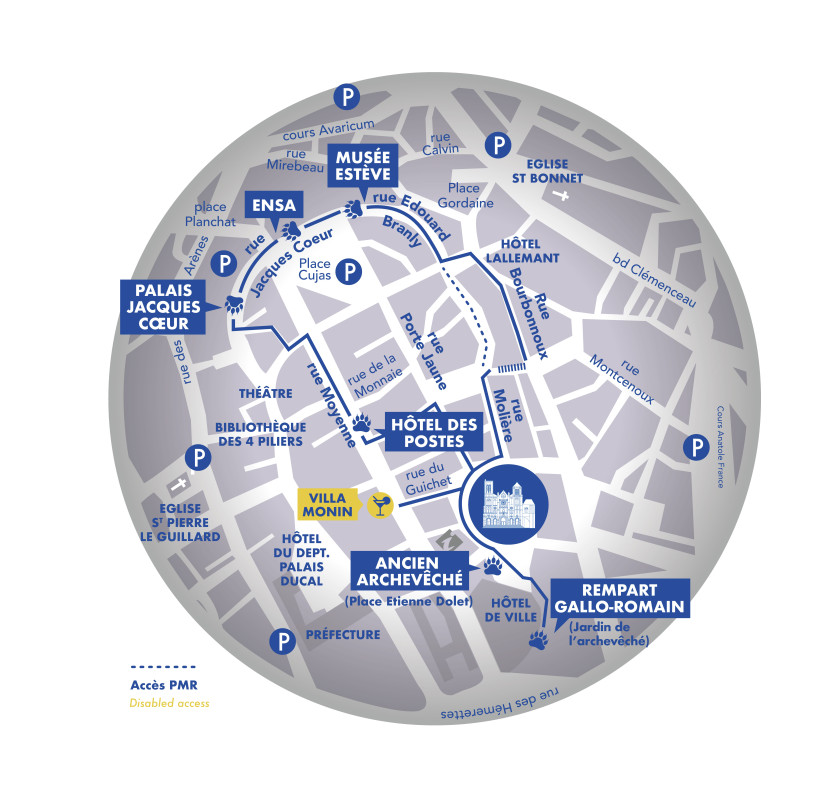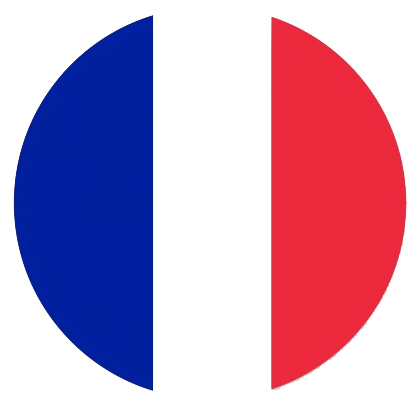Les Nuits Lumière
Les Nuits Lumière de Bourges : a spectacular night-time
Thursday to Saturday, evenings in
MAY, JUNE & SEPTEMBER
Every evening in JULY & AUGUST
Created in 1999, the course has been reinvented in 2019 thanks to video mapping.
On 5 sites linked by a blue thread and guided by Ursine, the emblem of Jean de Berry, take advantage of this itinerary to discover or rediscover Bourges.
The Night Lights invite you to a gentle night stroll in the historic centre of Bourges, wrapped in a blue veil thanks to the lanterns that guide you along the route.
 We invite you to (re)discover the Nuits Lumière route, thanks to the scenographies explanations. Ursine, our emblematic blue bear, will tell you the story and guide you along the way. Please download the Legendr free app and select the “Nuits Lumière de Bourges” route. Then, let yourself be guided. New interaction games and surprises have been slipped into the explanations. The map and the explanations are also available on our paper booklet.
We invite you to (re)discover the Nuits Lumière route, thanks to the scenographies explanations. Ursine, our emblematic blue bear, will tell you the story and guide you along the way. Please download the Legendr free app and select the “Nuits Lumière de Bourges” route. Then, let yourself be guided. New interaction games and surprises have been slipped into the explanations. The map and the explanations are also available on our paper booklet.
The App is available for download on Apple store and Google play
6 places to discover
The garden of the archdiocese : The Gallo-Roman ramparts
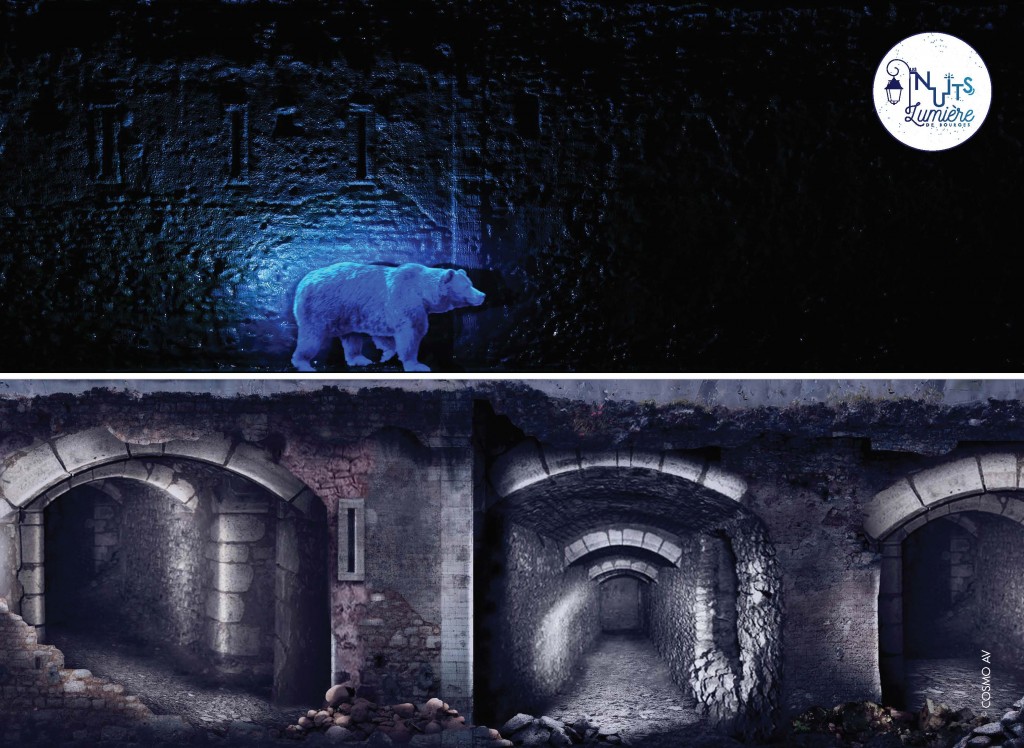 Bourges is a city surrounded by water, with 135 hectares of marshland now classified as natural heritage. In the 6th century BC, Avaric was a powerful princely state which traded with Celtic Europe and the Mediterranean. It later became Avaricum, a Gallo-Roman provincial capital. A royal city since 1100, Bourges became the capital of the Duke Jean de Berry from 1361. Its emblems are the swan, and especially the bear. It’s Ursine who will accompany you throughout your evening…
Bourges is a city surrounded by water, with 135 hectares of marshland now classified as natural heritage. In the 6th century BC, Avaric was a powerful princely state which traded with Celtic Europe and the Mediterranean. It later became Avaricum, a Gallo-Roman provincial capital. A royal city since 1100, Bourges became the capital of the Duke Jean de Berry from 1361. Its emblems are the swan, and especially the bear. It’s Ursine who will accompany you throughout your evening…
The Hotel Lallemant
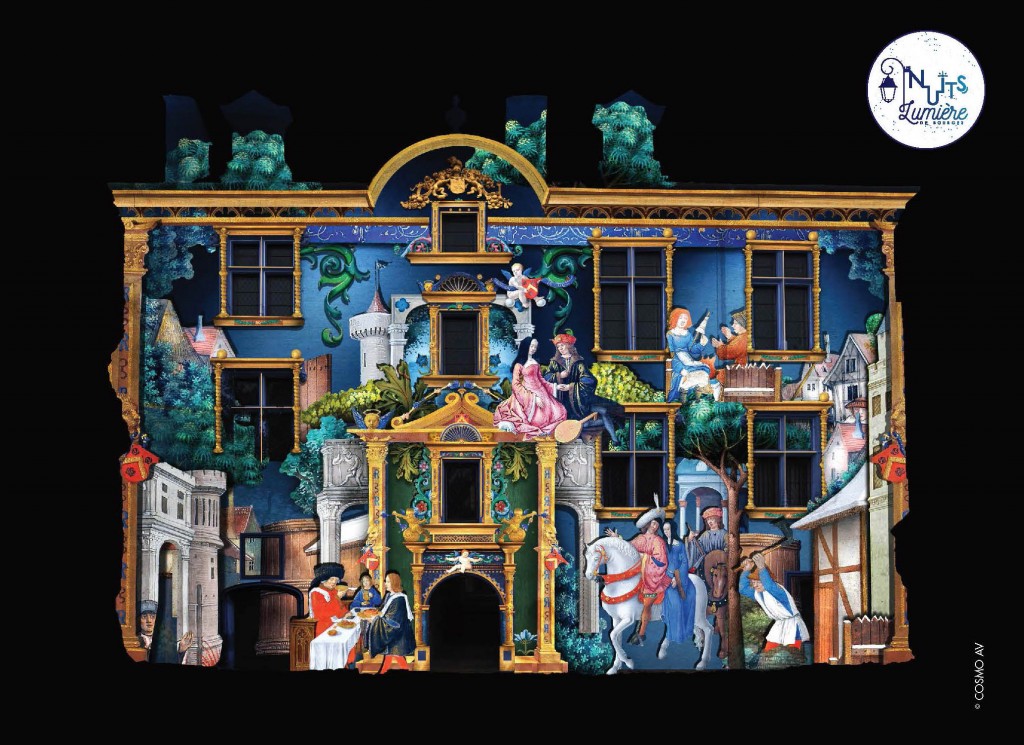 In 1506, the Lallemant brothers, wealthy educated bourgeois, close to the royal court, had their mansion built. It precedes the great castles of the Loire Valley by more than 10 years. With multiple stylistic innovations, the artists have mixed Italian, Flemish and French influences.
In 1506, the Lallemant brothers, wealthy educated bourgeois, close to the royal court, had their mansion built. It precedes the great castles of the Loire Valley by more than 10 years. With multiple stylistic innovations, the artists have mixed Italian, Flemish and French influences.
The Estève Museum
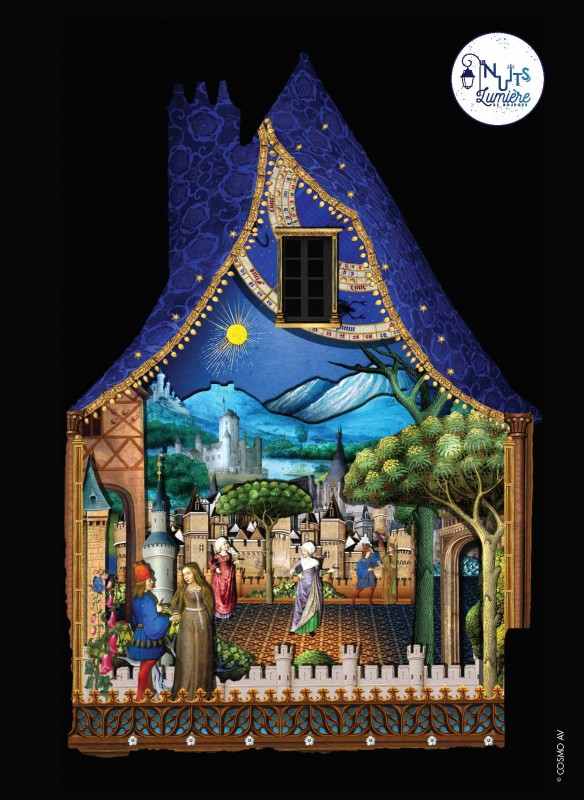 Bourges has often been an intense cultural and artistic centre. It was here, during the 15th century, that Jean de Berry employed the greatest artists of the time. In the 16th century, Geoffroy Tory, a Berruyer typographer, invented the comma and the cedilla, while Jean Boucher, 70 years later, supported the artistic renewal. Since 1878, the School of Fine Arts (the current ENSA) allows students to continue to create ... But Bourges, during the 20th century, was the city of Marcel Bascoulard, the brilliant sketcher, and eccentric "tramp artist" and of Maurice Estève, who donated his works to the City.
Bourges has often been an intense cultural and artistic centre. It was here, during the 15th century, that Jean de Berry employed the greatest artists of the time. In the 16th century, Geoffroy Tory, a Berruyer typographer, invented the comma and the cedilla, while Jean Boucher, 70 years later, supported the artistic renewal. Since 1878, the School of Fine Arts (the current ENSA) allows students to continue to create ... But Bourges, during the 20th century, was the city of Marcel Bascoulard, the brilliant sketcher, and eccentric "tramp artist" and of Maurice Estève, who donated his works to the City.
Bourges National School of Art (ENSA)
From May 16 to September 21: 8 video clips produced by students from the Bourges National School of Art (ENSA).
As part of a partnership between the City and ENSA Bourges, a collaborative and collective work for passers-by will be projected starting May 16 from Place Cujas onto the facade of the Bourges National School of Art during the “Nuits Lumière” festival. The artistic dimension of the project was entrusted to Noé Balthazard/Cassandre Villautreix, Sasha Goffart, Doha Koo/Soobin Lim, Naëlle Cardoze/Guillaume Petton/Jean Daydou, Yuxuan Liang, Wendy Rojas Baquero, and Liam Voisin (ENSA Bourges students), accompanied by Magali Desbazeille, Idriss Madir, and Damien Chaillou (teaching staff), and supervised by Ludovic Burczykowski (Visual Creation and Pedagogy artist from the “Rencontres Audiovisuelles” Association based in Lille). The result was eight video projects, each a few minutes long. Ordinary and extraordinary projects, documentaries with an artistic, poetic, and performative dimension, evoking cultural richness and diversity, and the artistic forces that compose it, through painting, drawing, sound, metal, and animation, highlighting the school’s façade, conveying what happens inside an art school, made visible to passersby.
From July 12 to September 21: scenography by Jérémie Bellot.
Projection of a spectacular mapping by Jérémie Bellot, a digital artist and architect from Strasbourg, which offers a luminous metamorphosis of the ENSA façade. Originally from Orléans, Jérémie Bellot is a renowned architect and digital artist, specializing in architectural video mapping. His work explores the intersection of architecture and light, with impressive installations in Strasbourg, Metz, Cannes, and internationally. Through iconic projects such as “Red Stars” and “A Metabolist Utopia,” he transforms urban spaces into sensory experiences, reinventing the interaction between architecture and spectators.
The Jacques Cœur Palace : architectural masterpiece that heralds the Renaissance
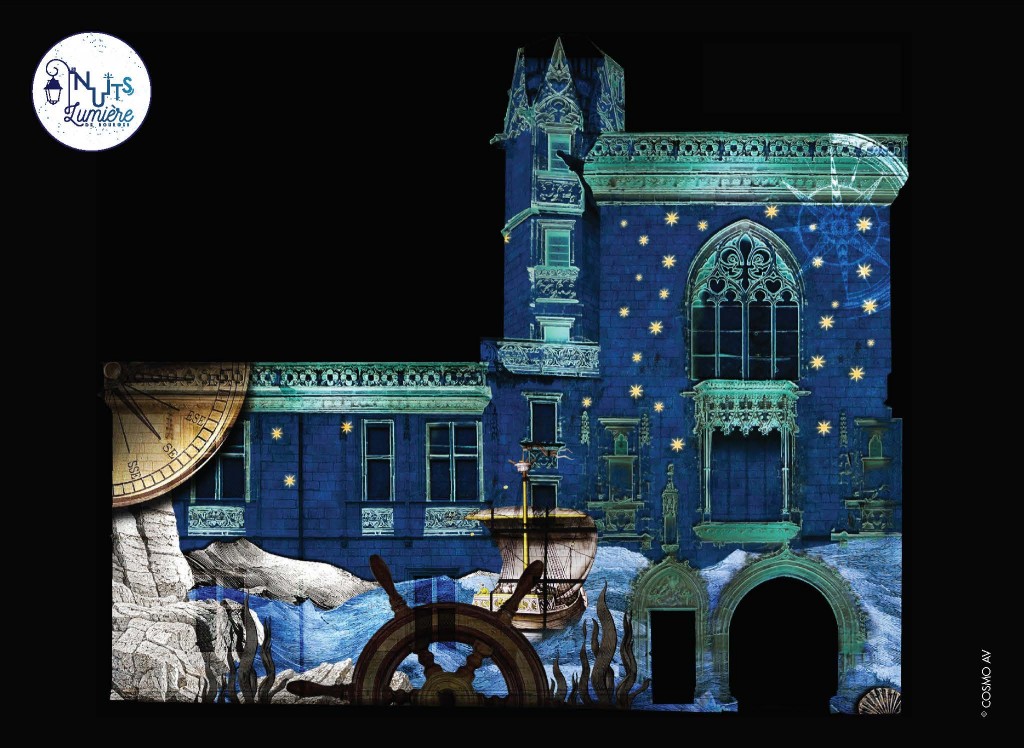 In the 15th century, Jacques Cœur, who was born in Bourges, had very early trade relations with the Orient. Enriched by his business, ennobled by Charles VII who made him his Treasurer, he financed the reconquest of the kingdom weakened by the Hundred Years War. Arrested and tried in 1451, he escaped, dying on the island of Chios in 1456.
In the 15th century, Jacques Cœur, who was born in Bourges, had very early trade relations with the Orient. Enriched by his business, ennobled by Charles VII who made him his Treasurer, he financed the reconquest of the kingdom weakened by the Hundred Years War. Arrested and tried in 1451, he escaped, dying on the island of Chios in 1456.
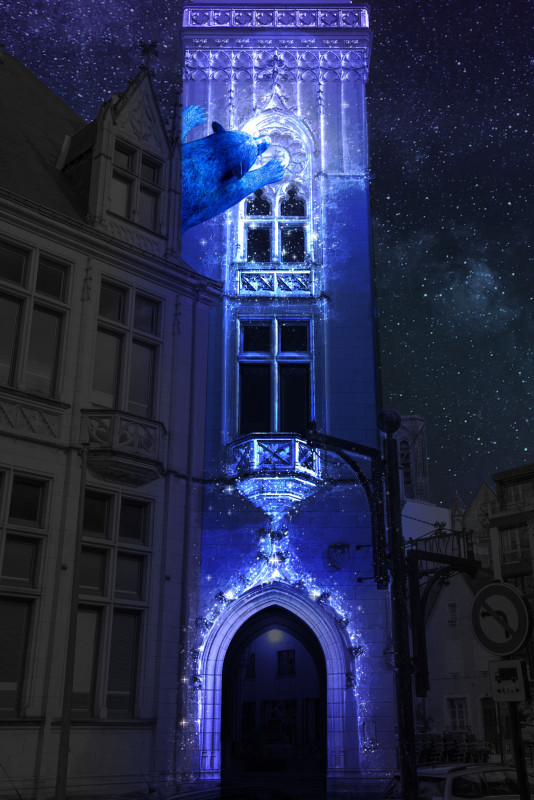 The post office building
The post office building
Looks can sometimes be deceiving, as the flamboyantly decorated Bourges Post Office is actually quite a recent building. Inaugurated in 1926 by the architect Henri Tarlier, the edifice is a celebration of the town’s Gothic glories, the Palace of Jacques Coeur and the Alderman’s Hall (now the Museum of Maurice Esteve).The nearby square bears a statue of King Louis XI who was born in Bourges and who created the first postal service in France in 1464.
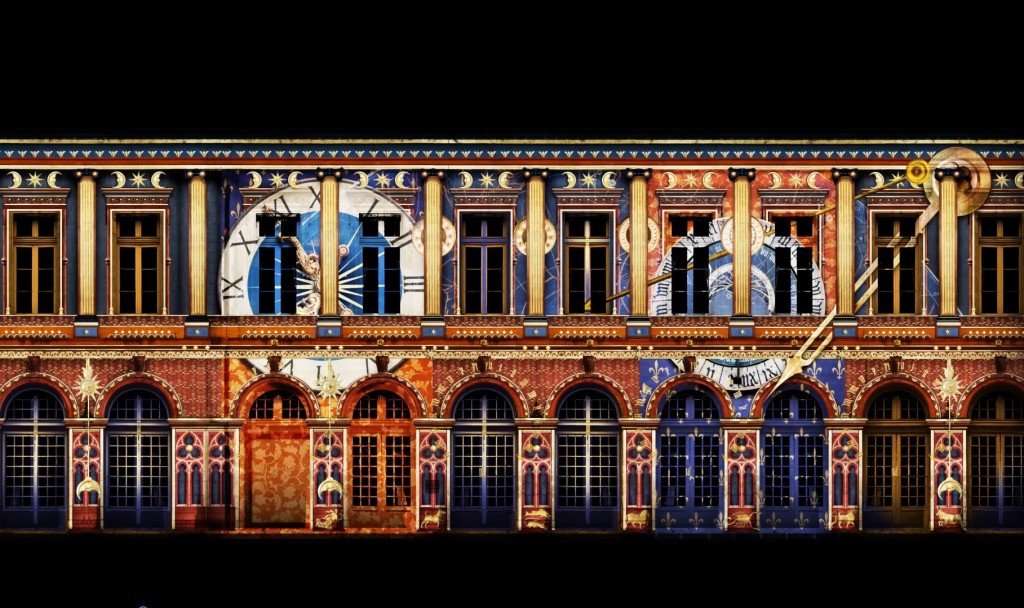 The Archbishop’s Palace
The Archbishop’s Palace
Bourges was famous in the 16th century for its law school. In the 19th century, the town’s renown came from its industries, such as the Mazières foundry, which contrinbuted to the building of Les Halles de Paris, and its military establishments, specializing in weapons and heavy artillery. La Belle Epoque in Bourges saw the advent of prestigious commercial ensigns, many of which still thrive today : Monin, La Forestine, Aubrun… In the 1930’s the aeronautics industry joined the city’s growing ranks of para-military enterprises, currently located at the entrance to town.
Excellence and innovation are also evident in other fiels of endeavor : in the cultural domain, with the creation of Le Printemps de Bourges music festival in 1977, and in the sporting porfession, with the Bourges women’s basketball team, 14 times national and three times European champions.
Practical information
Free circuit,
Every evening from 10pm until midnight in June and July, and from 9.30pm until midnight during August and September.
Blue atmosphere from nightfall until 1am.
The monuments (with the exception of the former archdiocese) are open for day visits. The latter houses the House of museums .
Duration of show : about 2 km (1hr 30 min)
Car Parks: Place Séraucourt (free)
Parking for Buses: Avenue Eugène Brisson (near the Cathedral)
